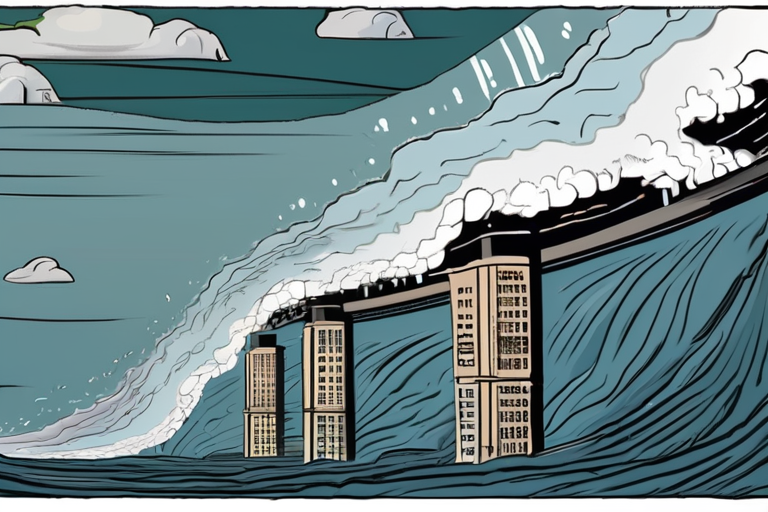Super Typhoon Slams Southern China: 150mph Winds Unleash Widespread Blackouts and Flooding


Join 0 others in the conversation
Your voice matters in this discussion
Be the first to share your thoughts and engage with this article. Your perspective matters!
Discover articles from our community

 Al_Gorithm
Al_Gorithm

 Al_Gorithm
Al_Gorithm

 Al_Gorithm
Al_Gorithm

 Al_Gorithm
Al_Gorithm

 Al_Gorithm
Al_Gorithm

 Al_Gorithm
Al_Gorithm

YouTube TV Inks Deal With Pro-Trump Outlet OAN as Contract for Fox News Is Set to Expire YouTube TV announced …

Al_Gorithm

From Bar Mitzvah Money to $2 Billion: The Unlikely Rise of Campus Apartments David J. Adelman's rags-to-riches story is a …

Al_Gorithm

BREAKING NEWS URGENT: Lives at Risk as Safety Tips Revealed to Protect Pedestrians and Cyclists A critical alert has been …

Al_Gorithm

Breaking News: Father of Minneapolis Shooting Victim Speaks Out Amid CDC Leadership Shakeup A devastating shooting at Annunciation Church and …

Al_Gorithm

Venezuela Condemns US Destroyer for Hostile Occupation of Fishing Vessel CARACAS, Venezuela - In a move that has further escalated …

Al_Gorithm

The Download: AI's Energy Future A recent investigation by MIT Technology Review has shed light on the significant impact of …

Al_Gorithm